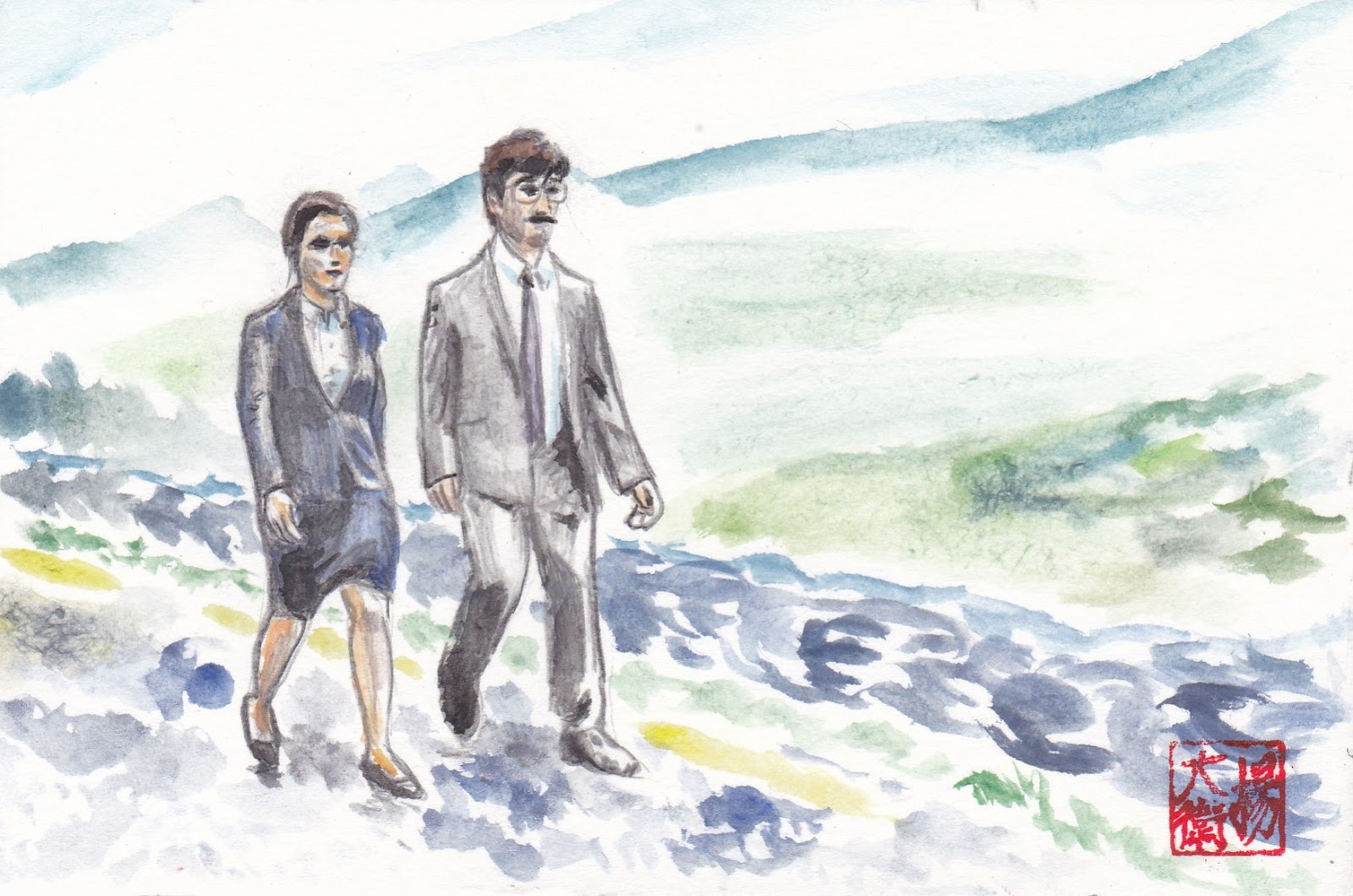

Finally, both Léa Seydoux and Michael Smiley deliver amazinglyįocused performances. Transformed here from their usual roles into highly sophisticated self-contained performers. Special mention must be made for Jacqueline Abrahams, Jessica Barden and Roger Ashton-Griffiths who have been Understatements which indeed unsettle viewers especially after having seen them in the usual roles in commercial films the performative intertexts furtherĮnhance the bewilderment of the viewers. Reilly and Ben Whishaw are horrifying in their triviality: The performances are made of tragic Angeliki Papoulia is another central figure which unsettles the viewer – with her plain crudeness she takes the gloss out of every culturallyĮmbellished ritual of bonding and mating. There lurks a sinister dissociative character: Olivia Colman rules supreme over the story, with her face and voice, as the dark witch that changes humans However the whole cast also deliver superbly unnerving performances as behind their normality Style with the annoying affectation of her British accent. Weisz also performs with imposing simplicity and restrained maturity, without the usual self-conscious Farrell, a walking filmic intertext, transcends the cliché acting in some of his most successful films and reminds us of his best self as seen in The film is about desire without a name or object to be projected upon – aĪll actors, especially Colin Farrell and Rachel Weisz, give memorable performances sometimes going beyond their usual cinematic personas and performative The animals become symbols, not of failed humans but of frustrated desires. Theįlattening of the image makes the film look like a surrealist painting, especially in the scenes in the wood, creating a space of oneiric displacements: Shots the sombre mood and the lugubrious atmosphere of the story, while moving constantly between closed and open spaces or dark and grey surfaces. Thimios Bakatakis’ cinematography captures through deep-focus shots, muffled sepia-like colours and wide angle

Its dialogue is offbeat, awkward, monotone, with long pauses and longer fast-paced monologues as the camera links the scenes throughĬircular movement and off-stage references.

Of sparkling humor, absurd jokes, illogical non-sequiturs, and surrealist associations: It is Samuel Beckett, Albert Camus, Ionesco and Greek tragedy at Textual space, partly theater of the absurd, partly Kafkaesque story, partly dystopian fiction, or indeed a Dantesque escape from Hell. Lobster’s script, co-written by Lanthimos and Efthymis Filippou, is a hybrid It is a prime cultural text through which the semioticians of the future will unpack the dilemmasĪnd the reorientations of contemporary cinema, as traditional modes of representation implode under their meaningless repetition while new forms ofĬinematic storytelling emerge in many yet uncrystallized patterns. Is a landmark in the early decades of the 21st century. Impact on cinematic debates as Lars von Trier’s The Idiots (1998) had in the recent past. As his work is still evolving, it is obvious that the Lobster will have the same Significant for the structure of his films if contemporary films suffer of excessive visual rhetorics, what distinguishes his work is the minimalisticĮllipsis in story line, acting style, dialogue, and settings. What is not depicted is probably what is more Main plot which is impacted by countless hidden subplots, which never enter the field of its visuality.
The lobster yorgos lanthimos movie#
Is Yorgos Lanthimos’ fourth movie through all his previous films, the anxiety of storytelling cinematically can be detected from the deconstructive Kinetta (2005), through the post-linguistic Dogtooth (2009) to the cryptic Alps (2012). Story cinematically, into a new open-ended plot structure which for the time being frustrates and puzzles. In reality, it transforms, or indeed re-imagines, the well-established codes of telling a Simultaneously providing a novel visualization of plot-structure. It employs a cinematic language that challenges expectations and predispositions, while The Lobster (2015) seems like a film from another era, despite the fact that itĬomes out of the panics, phobias and dead ends of our time. Of cinema in the contemporary world of spectacular capitalism. In an era of inane blockbusters and superfluous digital effects, Yorgos Lanthimos’ latest film comes to restore confidence to the continuing significance


 0 kommentar(er)
0 kommentar(er)
